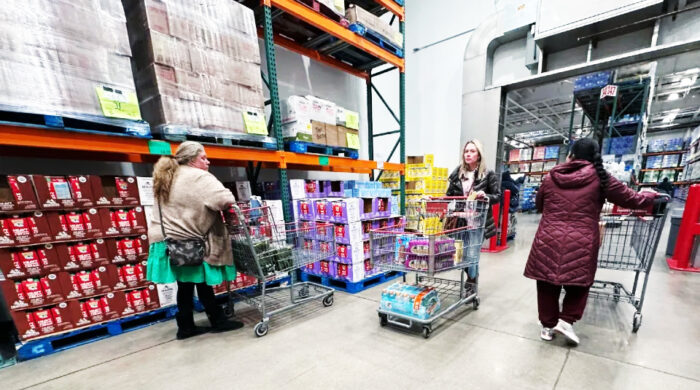
Wholesale prices saw a 0.4 percent increase in January resulting in a 3.5 percent year over year rise. This contributes to the ongoing rise in consumer inflation which exceeded 3 percent last month for the first time since mid-2024.
The producer price index (PPI) which tracks the prices businesses pay for goods and services before reaching consumers rose by 0.6 percent for goods and 0.3 percent for services in January according to the Labor Department. This increase surpassed economists expectations who had forecasted a 3.2 percent rise.
Wholesale prices which are more volatile than retail prices had been declining in the fall but began rising again in November and December. January saw a significant 1.5 percent annual increase.
A notable contributor to the rise in services was a 5.7 percent hike in traveler accommodation costs which accounted for over a third of the increase in services. For goods a major factor was the 10.4 percent jump in diesel fuel prices.
Economists pointed out that the increase in prices at the intermediate stage of production where raw materials are processed has been particularly sharp with input costs growing at their fastest rate since 2023.
The consumer price index (CPI) has also shown steady increases over the last four months, rising to a 3 percent annual increase in January from a 2.4 percent rise in September. These developments come as the Federal Reserve began cutting interest rates in the fall starting with a half percent cut in September. While rate adjustments typically take time to impact the economy the recent surge in inflation at the producer level may lead to discussions about the need for the Fed to be cautious in its rate decisions.
The latest data on the PPI suggests that inflationary pressures are still high with many experts arguing that the Fed should refrain from further rate cuts for now. This aligns with the cautious approach advocated by Federal Reserve Chair Jerome Powell.